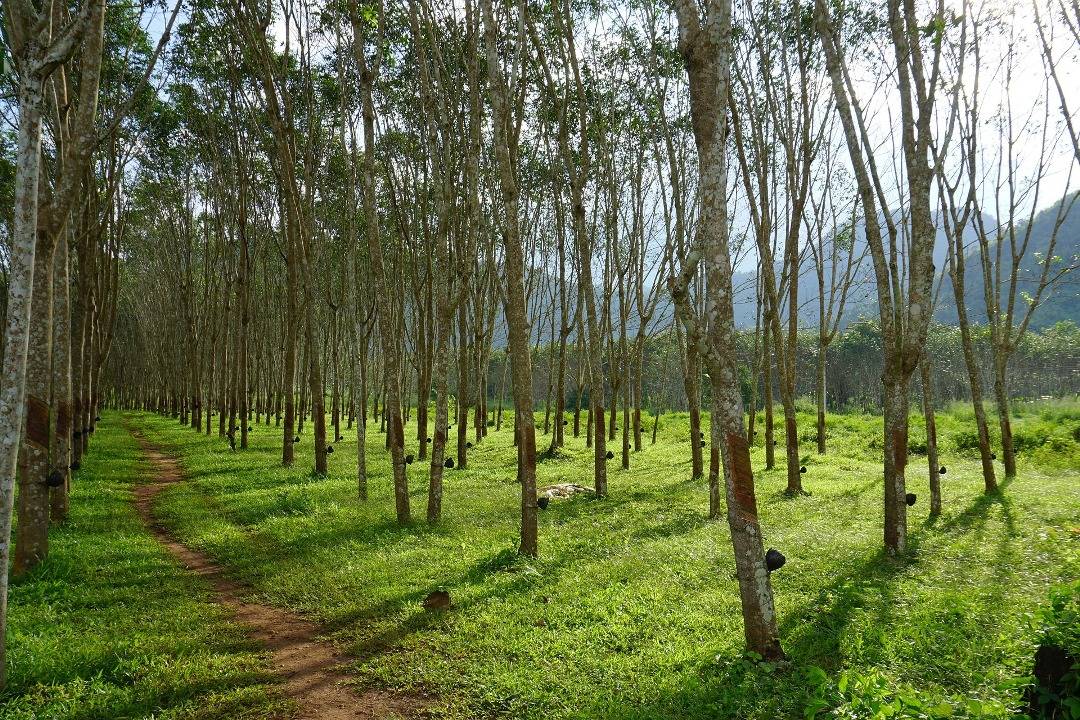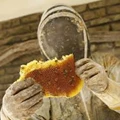
Rubber Research Institute of India has remarkably decoded the entire genome of rubber clone RRII 105. This is a clone of popular Indian hybrid.
According to the Executive Director of Rubber Board, K.N. Raghavan, this feat would create a deep impact on rubber research, which is aimed to enhance the genetic potential of rubber trees so that they produce more timber and rubber.
“This will also aid in evolving clones that can tolerate pests and diseases and adverse climatic conditions in a better manner,” Raghavan said.
Earlier, Rubber Board had achieved an incredible feat by planting first genetically-modified rubber in India.
How will this genome decoding benefit researches?
According to Raghavan, the decoding can open new avenues for research focusing on the development of new clones of rubber. Now, with the complete genome information in the hands of researchers, breeding cycle of rubber can be cut down to half from the current period of 23-25 years.
Get an overview of Kerala’s rubber plantations.
Statement of Director of RRII
According to Director James Jacob, the assembled information of genes that is with RRII will be useful in the extraction of meaningful biological information, such as genes responsible for disease tolerance, high yield, TPD tolerance, climate resilience, and others.
He said, “The tools (molecular markers) for the selection of potential high-yielding varieties at the juvenile stage itself will be developed in the research labs of the RRII so that farmers get better-performing GM rubber plants with enhanced yields, allergen-free latex, climate resilience and so on.”
A glance at RRII’s genome sequencing
Researchers at RRII created a draft assembly of the genome sequence of the clone RRII 105 with 1.47 giga bases (1.47 billion bases) size and 94% completeness. This is a commendable outcome for a de novo assembled tree genome.
Researchers used genome sequence data, which they obtained from deep sequencing through NGS platforms such as Pacbio, Illumina, and Roche 454.
As per an official statement, the generated sequence data was good and sufficient enough to cover over 200-fold of the rubber genome.
According to officials, the completed genome assembly is one of the largest tree genome sequences of India.
The ultimate benefit
Officials say that when this ambitious project gets over, it will enable India to rule the roost in rubber cultivation and productivity in the near future.

















